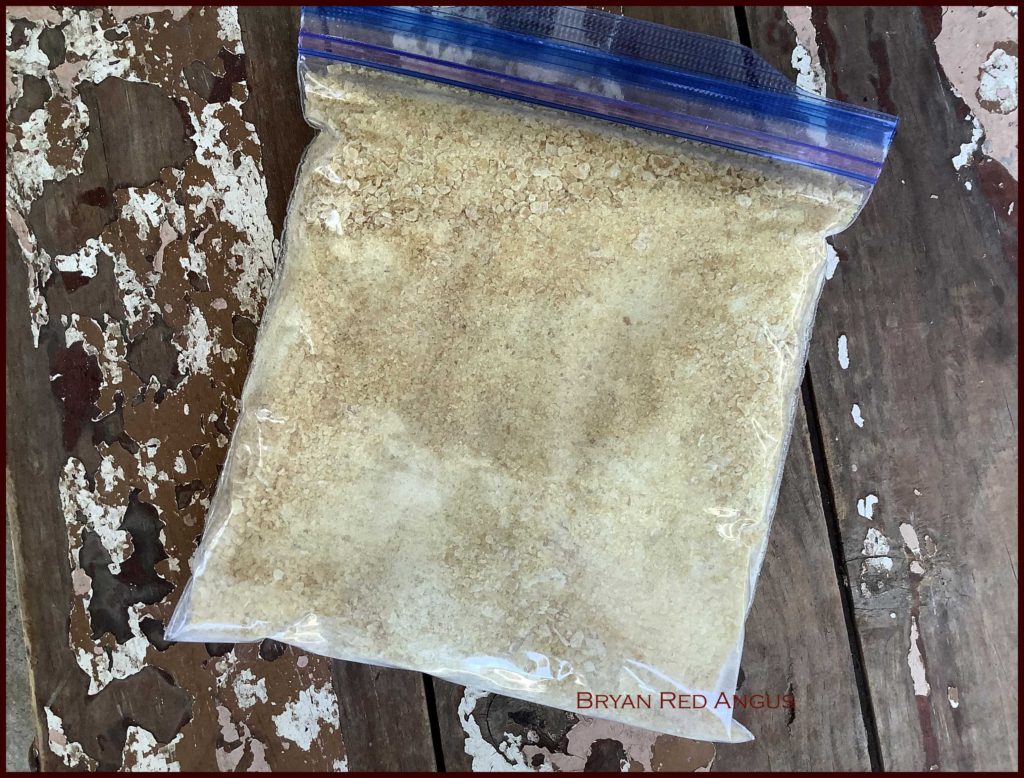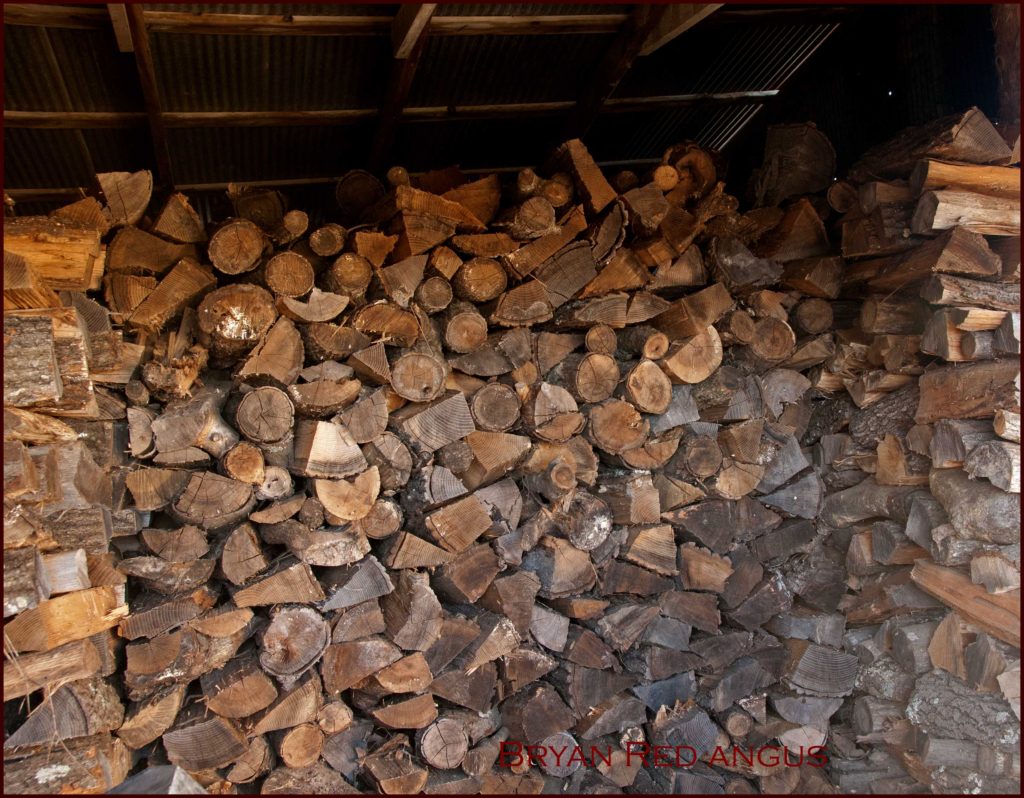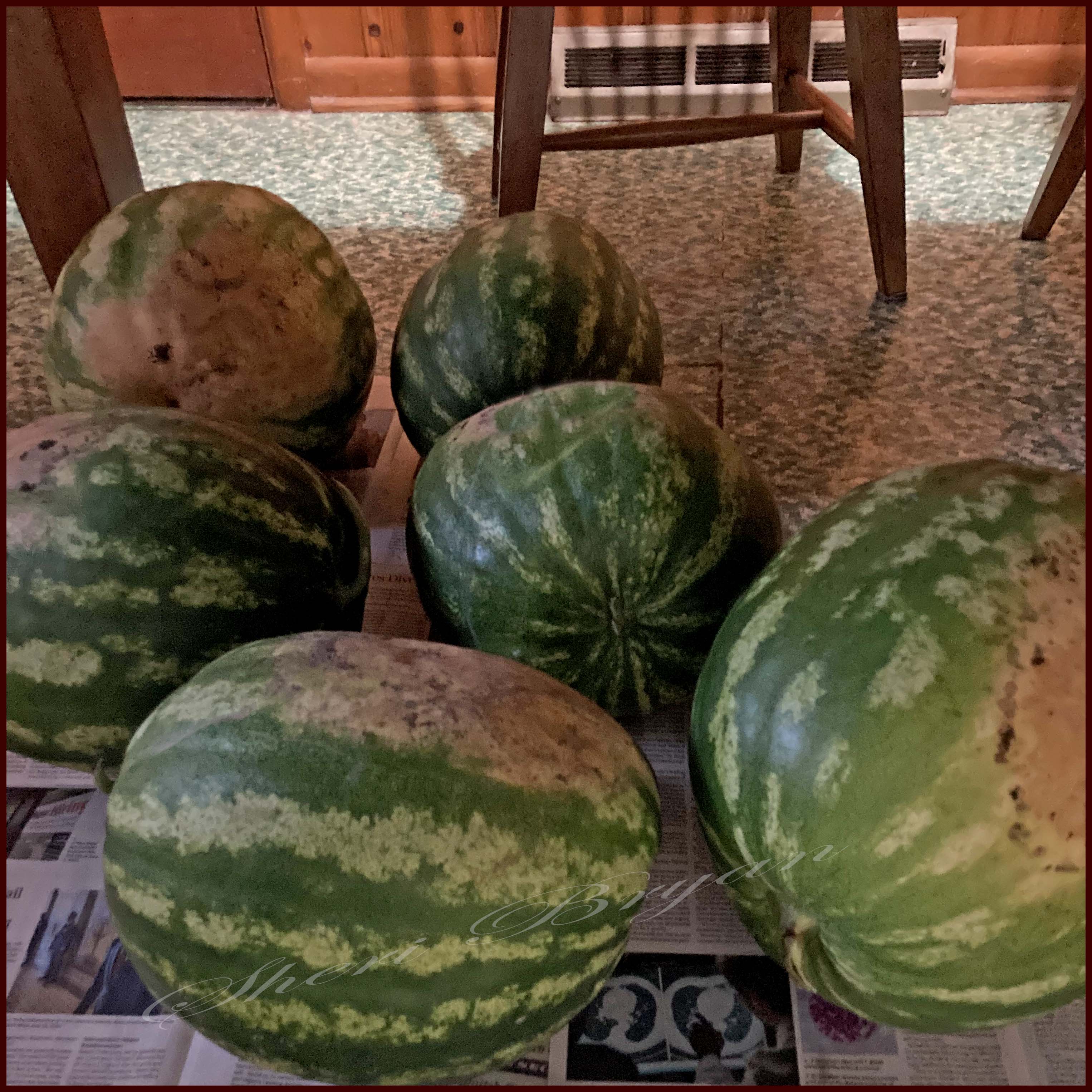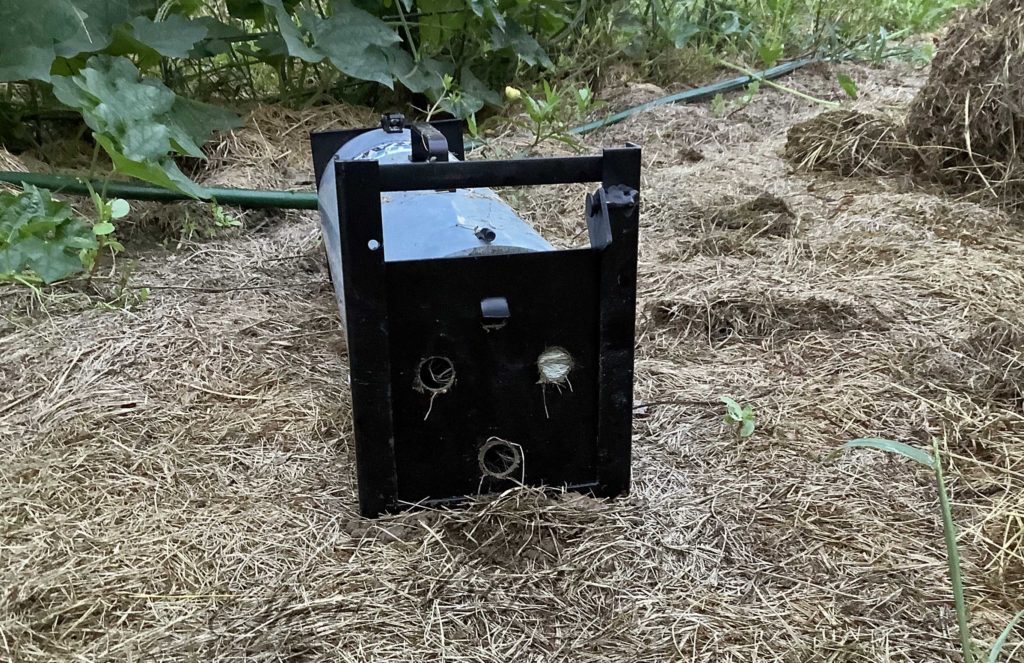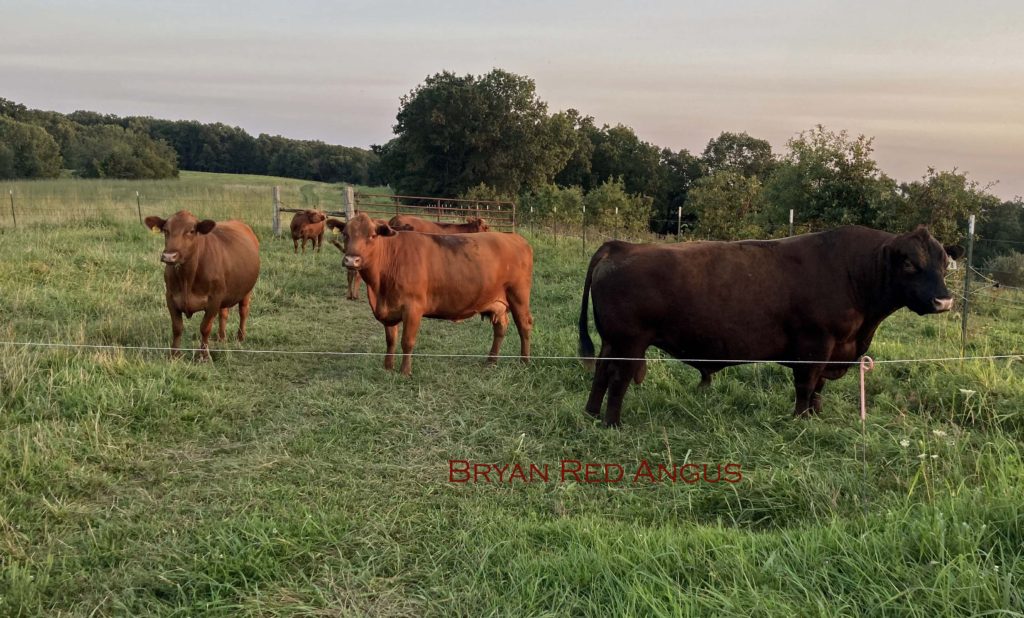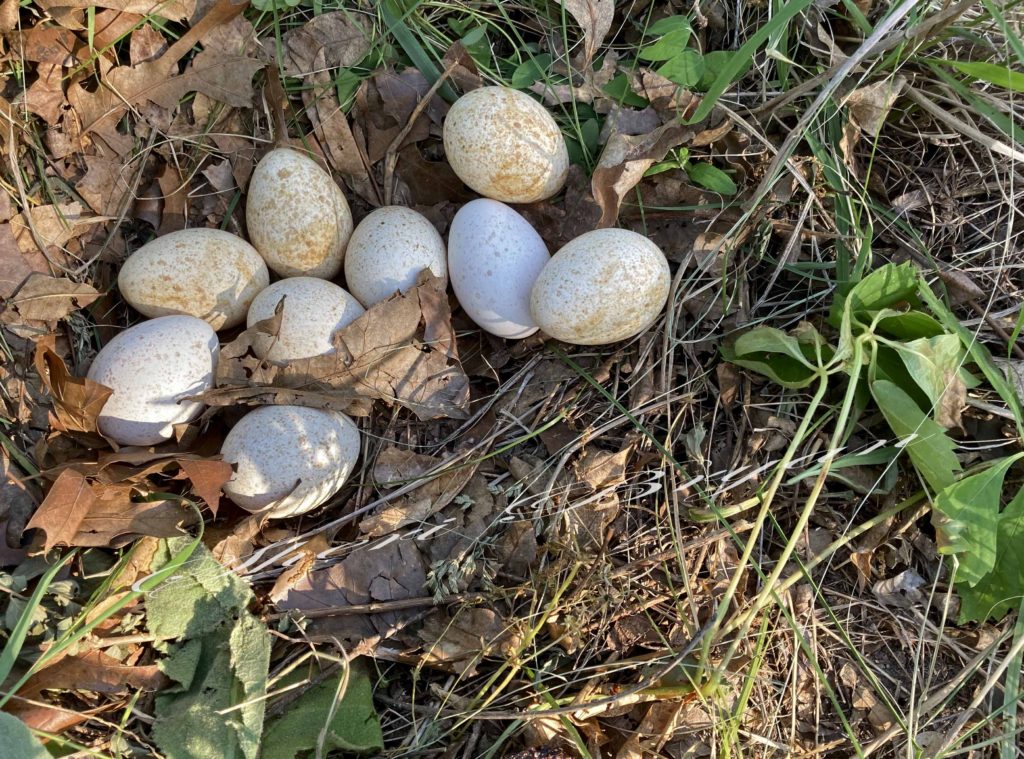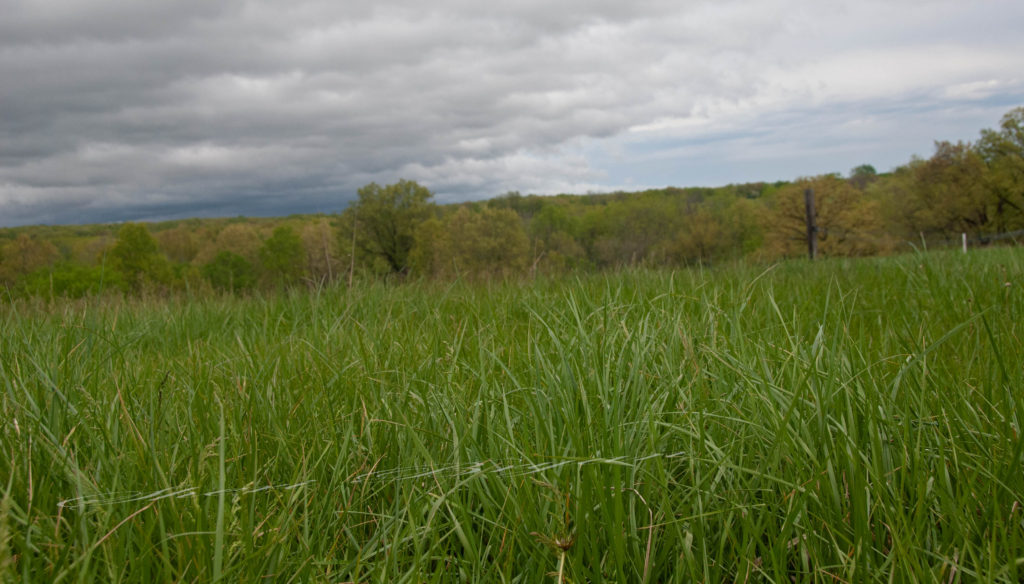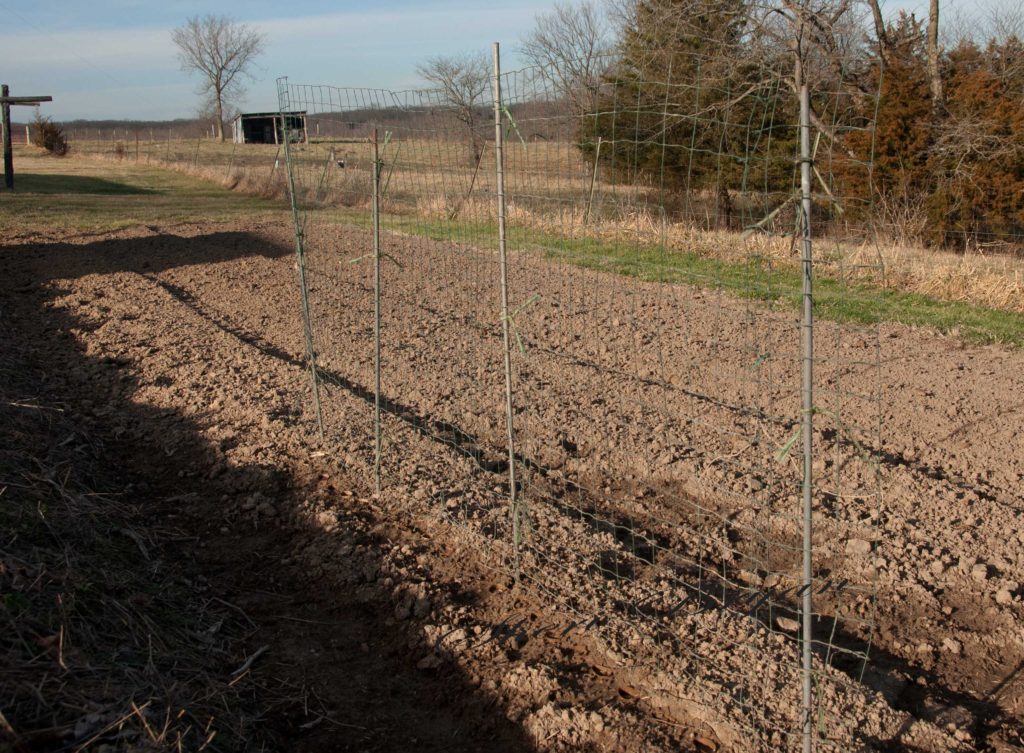After reading articles in homesteading magazines, an idea began to evolve. Create my own instant potato mix which would include dehydrated potatoes and spices of my choice. We won’t be harvesting potatoes from the garden until late summer or early fall, but as luck would have it, our local grocery store was running a sale. Ten pounds of potatoes for $1.99! This gave us the opportunity to do a test run on my idea.
The steps were simple but time consuming. Peel, cut, boil, dehydrate then blend into a powder. Ten pounds of whole potatoes equated to one quart of powdered potatoes. In theory, the experiment worked. We are rehydrating the potato powder for meals, however, the whole potatoes would have definitely provided for more meals.
